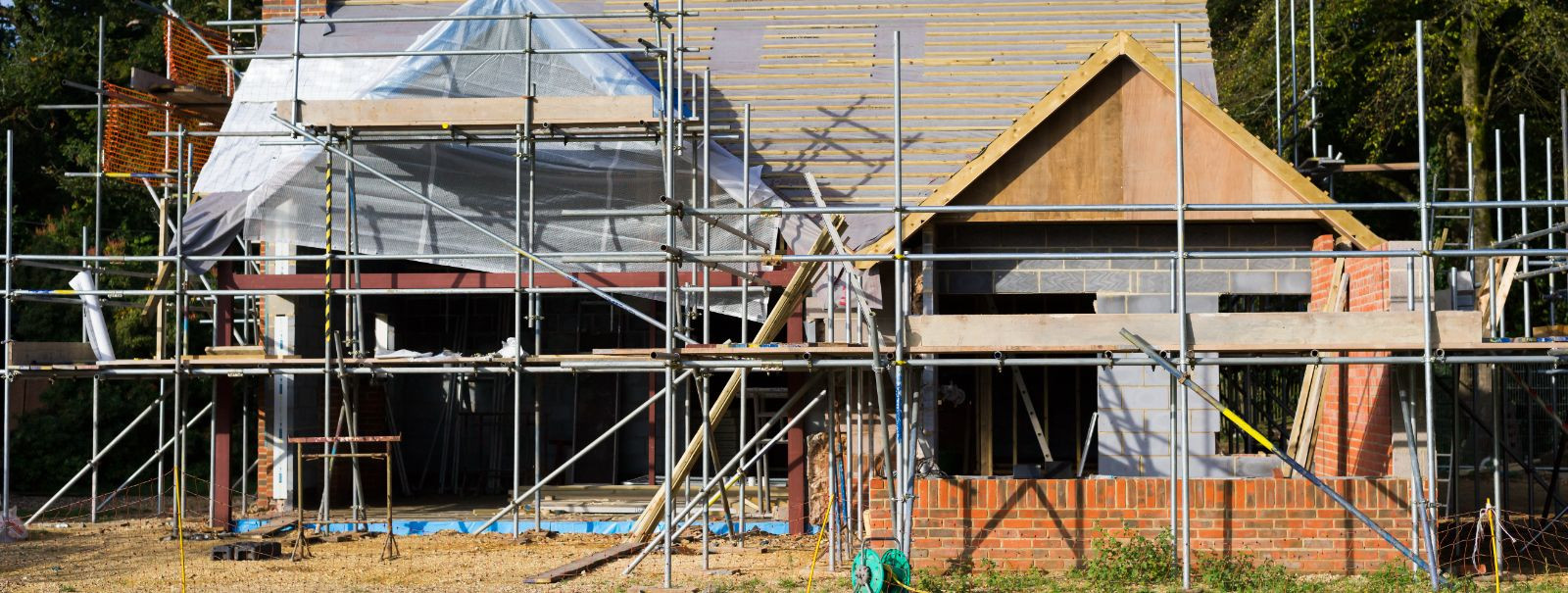Top trends in facade design and construction
The facade of a building is not just its outer shell; it is a critical component that defines the structure's aesthetic appeal, energy efficiency, and overall functionality. As urban landscapes evolve, so do the trends in facade design and construction. Property developers, commercial businesses, and residential homeowners are increasingly seeking innovative solutions that combine sustainability, technology, and aesthetics to enhance their properties.
Sustainable Facade Materials
In the pursuit of sustainability, the use of recycled and reclaimed materials in facade construction is gaining momentum. These materials not only reduce the environmental impact but also offer unique textures and finishes that add character to buildings. From reclaimed wood to recycled metal panels, these materials are being creatively integrated into modern facades.
Energy-efficient glass is becoming a staple in facade design, offering significant benefits in terms of thermal insulation and natural light optimization. Advanced glazing technologies, such as low-emissivity (Low-E) coatings and double or triple glazing, help reduce energy consumption by minimizing heat loss and gain, making them a preferred choice for eco-conscious developers.
Technological Innovations
Smart facades are revolutionizing the way buildings interact with their environment. These facades incorporate sensors and automated systems to adapt to changing weather conditions, optimizing energy use and enhancing occupant comfort. Features such as automated shading systems and responsive ventilation are becoming increasingly popular in modern facade designs.
3D printing technology is making its mark in facade construction by enabling the creation of complex geometries and customized designs with precision and efficiency. This technology allows for the production of lightweight, durable facade components that can be tailored to specific architectural requirements, offering endless possibilities for innovation.
Aesthetic Trends
Biophilic design, which emphasizes the integration of natural elements into the built environment, is a growing trend in facade design. Green walls, vertical gardens, and natural materials are being used to create facades that not only enhance the visual appeal but also promote well-being by connecting occupants with nature.
The minimalist aesthetic, characterized by clean lines and simple forms, continues to be a popular choice in facade design. This trend focuses on creating sleek, uncluttered exteriors that convey a sense of modernity and sophistication. The use of neutral color palettes and smooth surfaces further accentuates this design approach.
Functional Facade Features
Dynamic facades are designed to change in response to environmental conditions, enhancing both the building's performance and its visual impact. These facades can include elements such as movable panels or louvers that adjust to control sunlight and ventilation, providing a dynamic and interactive architectural feature.
As urban areas become more densely populated, the need for facades that offer superior acoustic performance is increasing. Innovative facade systems are being developed to reduce noise pollution, creating quieter and more comfortable indoor environments. These systems often incorporate sound-absorbing materials and advanced construction techniques to achieve optimal results.






Comments (0)